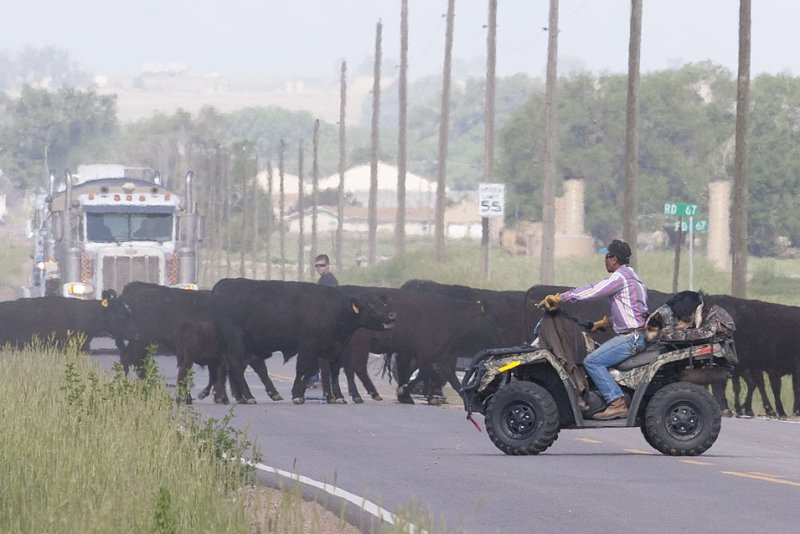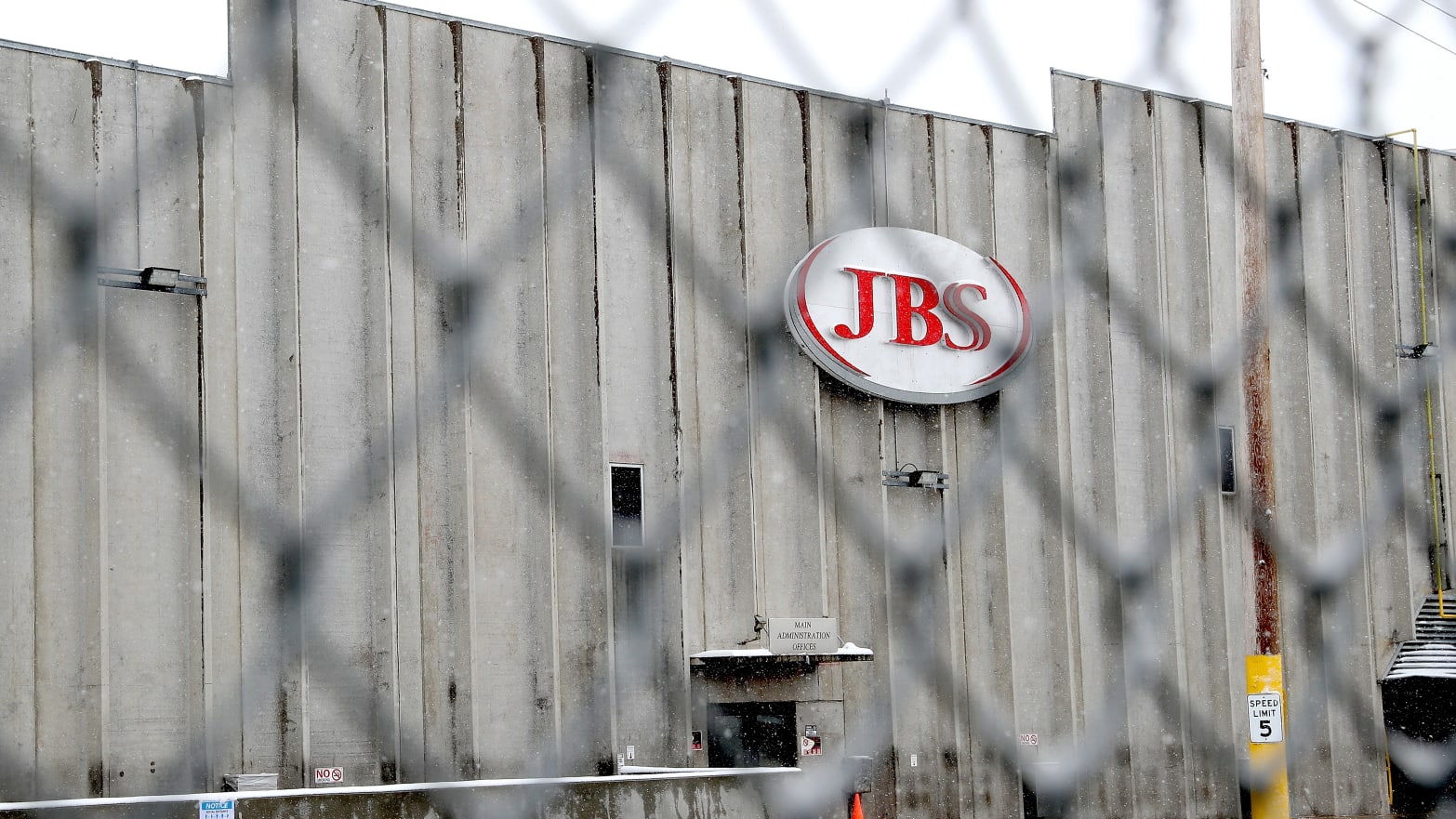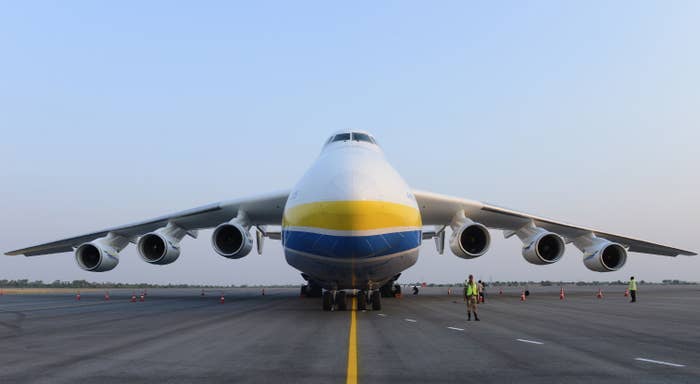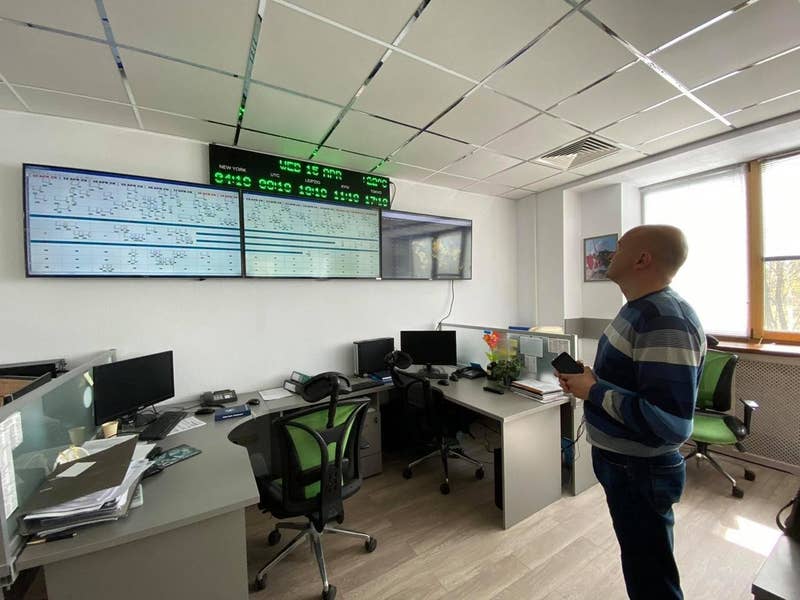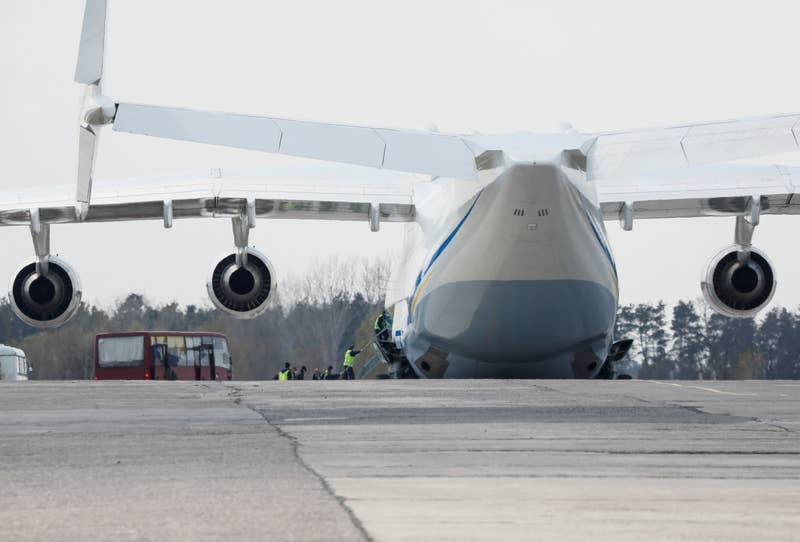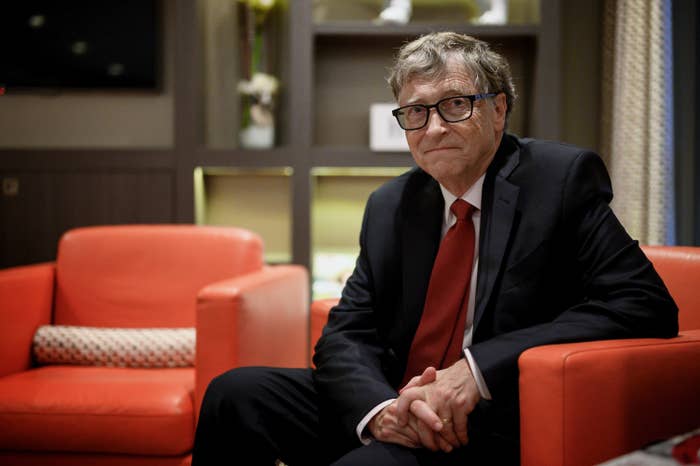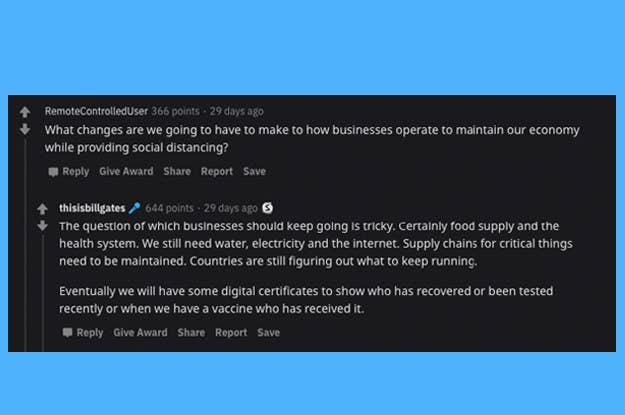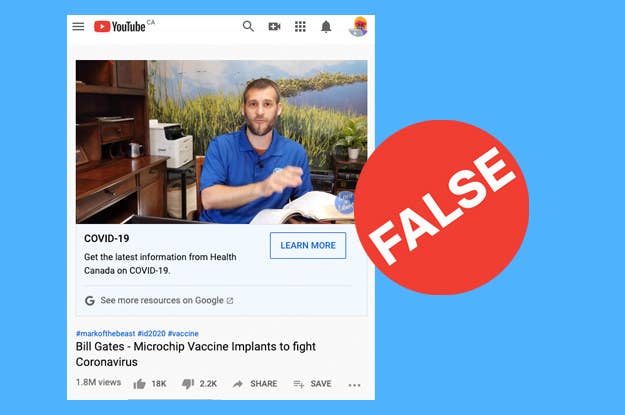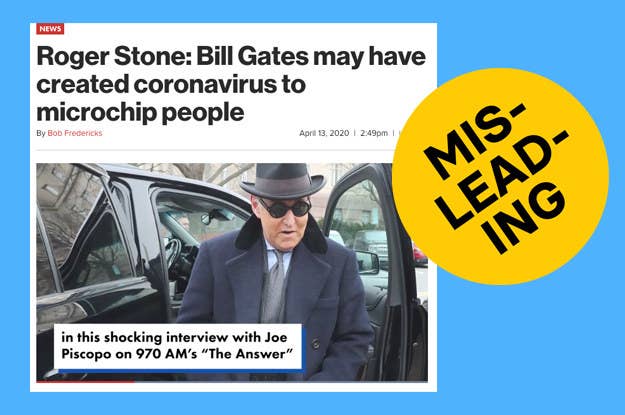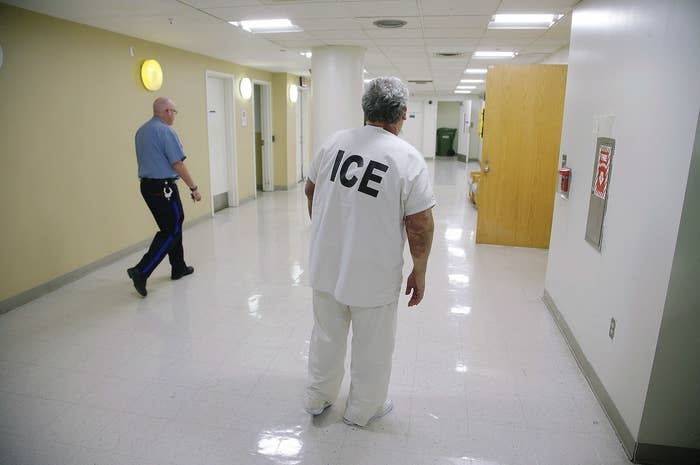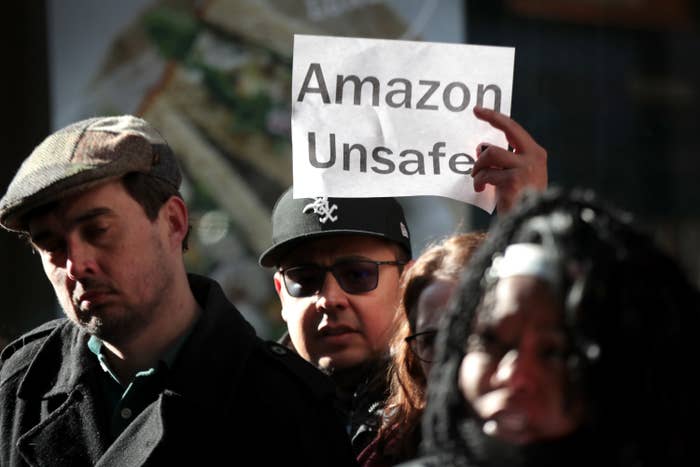U.S. Pays High Prices for Masks From Unproven Vendors in Coronavirus Fight

Source: WS
The federal government, scrambling to find N95 masks to protect health-care workers from coronavirus infection, has placed more than $110 million in mask orders at high prices with unproven vendors, according to a Wall Street Journal review of federal contracting data.
Of the more than 20 million N95 masks the government ordered for full delivery by the end of May, at least 80% were ordered from suppliers that either had never done business with the federal government or had only taken on small prior contracts that didn’t include medical supplies, according to the data. Some of the vendors already have missed delivery deadlines or have backed out because of supply problems. The parent company of one supplier is in bankruptcy and its owners have been accused of fraud in lawsuits by multiple business partners.
The average price the government agreed to pay for masks from vendors offering quick delivery is close to $6 apiece, roughly six times the list price but in line with the current market rate. Most of the orders were placed with no-bid contracts, federal databases show. The government generally doesn’t pay for goods until they are delivered.
The Trump administration, facing criticism for its handling of the novel coronavirus pandemic, has signed more than $3 billion in pandemic-related contracts recently. That includes orders for 600 million N95 masks from major established producers like 3M Co. and Honeywell International Inc. for less than $1 each. Those orders stretch out until late 2021 but are starting to trickle in. 3M and other manufacturers are also selling many masks to hospitals through their normal distribution networks. Major vendors like these have previously been vetted and have shown their ability to deliver. A Trump administration spokeswoman didn’t immediately respond to a request for comment.
BEHIND PAYWALL
Read more: https://www.wsj.com/articles/u-s-pays-high-prices-for-masks-from-unproven-vendors-in-coronavirus-fight-11587218400
THE ORIGINAL STORY THE WSJ USED AS SOURCE MATERIAL
CORONAVIRUS IN TEXAS
Someone says they have 2 million N95 masks for sale. The asking price is six times the usual cost.
As health care professionals beg for supplies to protect themselves from COVID-19 infection, a Texas company found a seller with at least 2 million masks and quietly offered them for sale at $6 each. Before the pandemic, they cost around $1.
BY JAY ROOT AND SHANNON NAJMABADI MARCH 31, 2020
/https://static.texastribune.org/media/files/8428e6e5261a9d26ec9a46e79f6ef3ce/N95%20face%20masks%20REUTERS%20TT.jpg)

Source: WS
The federal government, scrambling to find N95 masks to protect health-care workers from coronavirus infection, has placed more than $110 million in mask orders at high prices with unproven vendors, according to a Wall Street Journal review of federal contracting data.
Of the more than 20 million N95 masks the government ordered for full delivery by the end of May, at least 80% were ordered from suppliers that either had never done business with the federal government or had only taken on small prior contracts that didn’t include medical supplies, according to the data. Some of the vendors already have missed delivery deadlines or have backed out because of supply problems. The parent company of one supplier is in bankruptcy and its owners have been accused of fraud in lawsuits by multiple business partners.
The average price the government agreed to pay for masks from vendors offering quick delivery is close to $6 apiece, roughly six times the list price but in line with the current market rate. Most of the orders were placed with no-bid contracts, federal databases show. The government generally doesn’t pay for goods until they are delivered.
The Trump administration, facing criticism for its handling of the novel coronavirus pandemic, has signed more than $3 billion in pandemic-related contracts recently. That includes orders for 600 million N95 masks from major established producers like 3M Co. and Honeywell International Inc. for less than $1 each. Those orders stretch out until late 2021 but are starting to trickle in. 3M and other manufacturers are also selling many masks to hospitals through their normal distribution networks. Major vendors like these have previously been vetted and have shown their ability to deliver. A Trump administration spokeswoman didn’t immediately respond to a request for comment.
BEHIND PAYWALL
Read more: https://www.wsj.com/articles/u-s-pays-high-prices-for-masks-from-unproven-vendors-in-coronavirus-fight-11587218400
THE ORIGINAL STORY THE WSJ USED AS SOURCE MATERIAL
CORONAVIRUS IN TEXAS
Someone says they have 2 million N95 masks for sale. The asking price is six times the usual cost.
As health care professionals beg for supplies to protect themselves from COVID-19 infection, a Texas company found a seller with at least 2 million masks and quietly offered them for sale at $6 each. Before the pandemic, they cost around $1.
BY JAY ROOT AND SHANNON NAJMABADI MARCH 31, 2020
/https://static.texastribune.org/media/files/8428e6e5261a9d26ec9a46e79f6ef3ce/N95%20face%20masks%20REUTERS%20TT.jpg)
An N95 respiration mask. Photo credit: REUTERS/Nicholas Pfosi
Editor's note: This story has been updated with an additional statement from Hatfield and Co.
In normal times, an N95 face mask would cost a big corporation a buck or less — particularly if it ordered a million of them.
But these aren’t normal times, and the pitch from industrial supplier Hatfield and Co. to sell as many as 2 million masks to a major U.S. oil company last week wasn’t your typical offer. The Texas-based supplier wanted $6.3 million for a minimum order of 1 million masks, with an option of buying 2 million for nearly $13 million, sales documents and interviews indicate.
At a time when the new coronavirus is rapidly spreading across the country and health care professionals are desperate for these face masks — which filter out at least 95% of airborne particles — to protect sick people and themselves, critics say a price like that smacks of profiteering and price gouging by someone in the supply chain.
“You’re not just marking it up like 50 cents. This is highway robbery,” said an industry salesperson familiar with Hatfield and Co.’s pitch, who is not authorized to speak to the media and requested anonymity. “It’s just disgusting to me.”
/https://static.texastribune.org/media/files/6ad7f8864e6b9cfd82dc30b83bb9509a/Screen%20Shot%202020-03-31%20at%209.18.07%20AM.png)
In normal times, an N95 face mask would cost a big corporation a buck or less — particularly if it ordered a million of them.
But these aren’t normal times, and the pitch from industrial supplier Hatfield and Co. to sell as many as 2 million masks to a major U.S. oil company last week wasn’t your typical offer. The Texas-based supplier wanted $6.3 million for a minimum order of 1 million masks, with an option of buying 2 million for nearly $13 million, sales documents and interviews indicate.
At a time when the new coronavirus is rapidly spreading across the country and health care professionals are desperate for these face masks — which filter out at least 95% of airborne particles — to protect sick people and themselves, critics say a price like that smacks of profiteering and price gouging by someone in the supply chain.
“You’re not just marking it up like 50 cents. This is highway robbery,” said an industry salesperson familiar with Hatfield and Co.’s pitch, who is not authorized to speak to the media and requested anonymity. “It’s just disgusting to me.”
/https://static.texastribune.org/media/files/6ad7f8864e6b9cfd82dc30b83bb9509a/Screen%20Shot%202020-03-31%20at%209.18.07%20AM.png)
A sales quotation provided to an oil company by Hatfield and Co. shows an offer to sell 1 million N95 masks for more than $6.3 million cash, or $6.4 million if payment was made within 30 days.
Hatfield and Co. said it did not mark up the product excessively or engage in price gouging, telling The Texas Tribune that its own supplier set the “terms and conditions” for the sale. The company declined to identify the supplier or quantify how much it stood to profit, citing its contractual agreements.
Brad Lindeman, the Beaumont-based Hatfield and Co. salesman listed as the contact for the proposed sale, said in a brief telephone interview Sunday that the company had access to an undisclosed quantity of the N95 masks that are stored in warehouses all over Texas and other states.
“There are some in Houston, Dallas, Florida and you know, I guess you would say spread out all over,” Lindeman said. “The inventories are constantly moving, so it's kind of hard to explain exactly what the quantities are."
Lindeman said a "group of doctors" has the masks but did not elaborate. He cut off an interview with a Tribune reporter after a couple of minutes and declined further comment.
On Monday morning, Hatfield's president and chief operating officer, Scott Beeman, said the masks were provided by a reseller the company had not worked with before. He added that the reseller imposed a minimum order size of 1 million masks and that its costs were reflected in Hatfield and Co.’s quotation to the oil company.
Beeman declined to identify the reseller and said he had “no way of knowing ... the veracity of the statement that [Lindeman] was told regarding a doctor or a consortium of doctors owning or having access to this material.”
“I cannot release any information about our supplier; we do have a written quotation from that company,” Beeman wrote in an email. “We will be willing to disclose that to the State’s Attorney General and/or to the head of Purchasing for our customer, so that they can both verify that there was no ‘price gouging’ involved in our pricing to the customer.”
Beeman added that Hatfield’s profit margin was “historically low for our company and was priced that way in the spirit of cooperation.” He initially didn't reveal the company's profit for brokering a sale of the masks, but said in a letter Wednesday that it was less than 3%.
The company, based in the Dallas suburb of Rockwall, does not stock N95 face masks as part of its normal line of products, Beeman said. The company sells engineering products such as filtration devices and valves for clients in the oil and gas sector and the auto industry, and to refining and power companies, according to a Bloomberg profile. Beeman said the company found a supplier for the masks at the request of a customer who wanted them immediately.
Demand for protective equipment like masks has soared since the outbreak began, exacerbated by the disruption of overseas supply chains and a flood of purchases from panicked civilians. The U.S. surgeon general has told the public to save the N95s for health care professionals who need them — “Seriously people - STOP BUYING MASKS!” he tweeted in February — but demand has pushed prices for the masks to $10, $12 or even $15.
Entrepreneurial and civic-minded Texans — from amateur seamstresses to a chocolate factory owner — have begun churning out protective equipment for health care providers. And Gov. Greg Abbott has told potential suppliers, “We’ll cut you a check on the spot.”
The manufacturer Lindeman identified as the original source of the masks — Minnesota-based 3M, one of the largest manufacturers of N95s — did not immediately return calls and emails seeking comment. Its chief executive officer, Mike Roman, has encouraged federal and state officials to crack down on price gouging and said the company has not and will not increase the price it charges for the masks “being used to help address the pandemic.”
Under the state’s price-gouging laws, it is illegal to charge “exorbitant or excessive” prices for necessities during a disaster, and Attorney General Ken Paxton has said he won’t tolerate people and businesses using the pandemic to profit.
“No one is exempt from price gouging laws in Texas, and those who violate the Texas Deceptive Trade Practices Act will be met with the full force of the law,” the attorney general’s office tweeted.
The state sued a Houston-area company last week that was trying to auction more than 750,000 masks online, with listings as high as $180 for a package of 16. Price-gougers in Texas can face civil penalties and be required to reimburse consumers.
The Texas price-gouging law applies to items considered to be necessities during an official emergency, like food, medicine and construction tools. Abbott declared a disaster on March 13 due to the coronavirus, and President Donald Trump declared a federal emergency that same day — two weeks before Hatfield and Co. offered its price quote to the oil company.
Consumers and small businesses can sue under the Texas Deceptive Trade Practices Act if they believe they’ve been the victims of price gouging. They can recover up to three times their damages and attorneys’ fees. Consumers, small businesses and large corporations like the oil company Hatfield was trying to sell masks to can also complain to the attorney general, who has broad powers to sanction profiteers.
Without knowing all the details about the transaction and the suppliers, experts say it’s impossible to know whether Hatfield and Co.’s offer, or one further down the supply chain, would amount to price gouging.
The statute doesn’t define what level a markup has to reach in order for it to be considered “exorbitant or excessive.”
But a price of over $6 a mask struck Professor Emeritus Richard Alderman, director of the University of Houston’s Consumer Law Center, as high given that the masks, according to numerous online offerings and published reports, could be obtained for a dollar or less before the outbreak began.
“If the costs of materials or doing business went up substantially, that, to me, would be a mitigating factor. But … start with just looking at whether that price is excessive or exorbitant,” he said. “And for me, six times normal cost — that's 600%. I view that as excessive and exorbitant — something that they can only do because of the emergency situation.
Health care and medical supply executives suggest there’s now a booming gray market of personal protective equipment filled with middle men and fake products, and stoked by desperation from health care providers already running low on the gear. Governors have said states are bidding against one another, driving up prices, and state attorneys general have reported being inundated with complaints about exorbitantly priced items like hand sanitizer and masks. More than 30 state attorneys general urged online marketplace operators to crack down on profiteering behavior last week.
But experts say the line between supply and demand forces and price gouging can be hard to define.
Rice University professor Utpal Dholakia said thoughtfully set prices should reflect how much customers value a product — and ethics aside, it makes sense that N95s would cost more “because consumers have a higher valuation for them at present.”
“Sure, you want to take advantage of the higher customer valuation, but you don't want to exploit or abuse the customer, and especially when it's something like” a global health crisis, said Dholakia, who teaches in the graduate business school.
According to sales documents provided to the oil company by Hatfield and Co., the cash price for a million masks was $6,310,000. If the oil company wanted to pay within 30 days, it would have to cough up another $100,000 — for a total of $6,410,000, according to the document. But the company could only use credit for one of the orders.
“The second order would need to be cash upon receipt of goods,” a Hatfield and Co. salesperson wrote in a letter of terms to the oil company.
REFERENCE Read a March 27, 2020 letter of transfer sent from Hatfield and Company.
(343.2 KB) DOWNLOAD
The company also offered to share “live video” showing the product in the warehouse, a provision that the industry salesperson with knowledge of the transaction found bizarre and unprecedented.
“That’s never happened,” the person said. “How do I know the video is real?”
The salesperson said whoever got a hold of the masks “found a way to make money and, you know, I mean, that is the American entrepreneurial way. I just feel like this is not the time to do it."
Hatfield and Co. said it did not mark up the product excessively or engage in price gouging, telling The Texas Tribune that its own supplier set the “terms and conditions” for the sale. The company declined to identify the supplier or quantify how much it stood to profit, citing its contractual agreements.
Brad Lindeman, the Beaumont-based Hatfield and Co. salesman listed as the contact for the proposed sale, said in a brief telephone interview Sunday that the company had access to an undisclosed quantity of the N95 masks that are stored in warehouses all over Texas and other states.
“There are some in Houston, Dallas, Florida and you know, I guess you would say spread out all over,” Lindeman said. “The inventories are constantly moving, so it's kind of hard to explain exactly what the quantities are."
Lindeman said a "group of doctors" has the masks but did not elaborate. He cut off an interview with a Tribune reporter after a couple of minutes and declined further comment.
On Monday morning, Hatfield's president and chief operating officer, Scott Beeman, said the masks were provided by a reseller the company had not worked with before. He added that the reseller imposed a minimum order size of 1 million masks and that its costs were reflected in Hatfield and Co.’s quotation to the oil company.
Beeman declined to identify the reseller and said he had “no way of knowing ... the veracity of the statement that [Lindeman] was told regarding a doctor or a consortium of doctors owning or having access to this material.”
“I cannot release any information about our supplier; we do have a written quotation from that company,” Beeman wrote in an email. “We will be willing to disclose that to the State’s Attorney General and/or to the head of Purchasing for our customer, so that they can both verify that there was no ‘price gouging’ involved in our pricing to the customer.”
Beeman added that Hatfield’s profit margin was “historically low for our company and was priced that way in the spirit of cooperation.” He initially didn't reveal the company's profit for brokering a sale of the masks, but said in a letter Wednesday that it was less than 3%.
The company, based in the Dallas suburb of Rockwall, does not stock N95 face masks as part of its normal line of products, Beeman said. The company sells engineering products such as filtration devices and valves for clients in the oil and gas sector and the auto industry, and to refining and power companies, according to a Bloomberg profile. Beeman said the company found a supplier for the masks at the request of a customer who wanted them immediately.
Demand for protective equipment like masks has soared since the outbreak began, exacerbated by the disruption of overseas supply chains and a flood of purchases from panicked civilians. The U.S. surgeon general has told the public to save the N95s for health care professionals who need them — “Seriously people - STOP BUYING MASKS!” he tweeted in February — but demand has pushed prices for the masks to $10, $12 or even $15.
Entrepreneurial and civic-minded Texans — from amateur seamstresses to a chocolate factory owner — have begun churning out protective equipment for health care providers. And Gov. Greg Abbott has told potential suppliers, “We’ll cut you a check on the spot.”
The manufacturer Lindeman identified as the original source of the masks — Minnesota-based 3M, one of the largest manufacturers of N95s — did not immediately return calls and emails seeking comment. Its chief executive officer, Mike Roman, has encouraged federal and state officials to crack down on price gouging and said the company has not and will not increase the price it charges for the masks “being used to help address the pandemic.”
Under the state’s price-gouging laws, it is illegal to charge “exorbitant or excessive” prices for necessities during a disaster, and Attorney General Ken Paxton has said he won’t tolerate people and businesses using the pandemic to profit.
“No one is exempt from price gouging laws in Texas, and those who violate the Texas Deceptive Trade Practices Act will be met with the full force of the law,” the attorney general’s office tweeted.
The state sued a Houston-area company last week that was trying to auction more than 750,000 masks online, with listings as high as $180 for a package of 16. Price-gougers in Texas can face civil penalties and be required to reimburse consumers.
The Texas price-gouging law applies to items considered to be necessities during an official emergency, like food, medicine and construction tools. Abbott declared a disaster on March 13 due to the coronavirus, and President Donald Trump declared a federal emergency that same day — two weeks before Hatfield and Co. offered its price quote to the oil company.
Consumers and small businesses can sue under the Texas Deceptive Trade Practices Act if they believe they’ve been the victims of price gouging. They can recover up to three times their damages and attorneys’ fees. Consumers, small businesses and large corporations like the oil company Hatfield was trying to sell masks to can also complain to the attorney general, who has broad powers to sanction profiteers.
Without knowing all the details about the transaction and the suppliers, experts say it’s impossible to know whether Hatfield and Co.’s offer, or one further down the supply chain, would amount to price gouging.
The statute doesn’t define what level a markup has to reach in order for it to be considered “exorbitant or excessive.”
But a price of over $6 a mask struck Professor Emeritus Richard Alderman, director of the University of Houston’s Consumer Law Center, as high given that the masks, according to numerous online offerings and published reports, could be obtained for a dollar or less before the outbreak began.
“If the costs of materials or doing business went up substantially, that, to me, would be a mitigating factor. But … start with just looking at whether that price is excessive or exorbitant,” he said. “And for me, six times normal cost — that's 600%. I view that as excessive and exorbitant — something that they can only do because of the emergency situation.
Health care and medical supply executives suggest there’s now a booming gray market of personal protective equipment filled with middle men and fake products, and stoked by desperation from health care providers already running low on the gear. Governors have said states are bidding against one another, driving up prices, and state attorneys general have reported being inundated with complaints about exorbitantly priced items like hand sanitizer and masks. More than 30 state attorneys general urged online marketplace operators to crack down on profiteering behavior last week.
But experts say the line between supply and demand forces and price gouging can be hard to define.
Rice University professor Utpal Dholakia said thoughtfully set prices should reflect how much customers value a product — and ethics aside, it makes sense that N95s would cost more “because consumers have a higher valuation for them at present.”
“Sure, you want to take advantage of the higher customer valuation, but you don't want to exploit or abuse the customer, and especially when it's something like” a global health crisis, said Dholakia, who teaches in the graduate business school.
According to sales documents provided to the oil company by Hatfield and Co., the cash price for a million masks was $6,310,000. If the oil company wanted to pay within 30 days, it would have to cough up another $100,000 — for a total of $6,410,000, according to the document. But the company could only use credit for one of the orders.
“The second order would need to be cash upon receipt of goods,” a Hatfield and Co. salesperson wrote in a letter of terms to the oil company.
REFERENCE Read a March 27, 2020 letter of transfer sent from Hatfield and Company.
(343.2 KB) DOWNLOAD
The company also offered to share “live video” showing the product in the warehouse, a provision that the industry salesperson with knowledge of the transaction found bizarre and unprecedented.
“That’s never happened,” the person said. “How do I know the video is real?”
The salesperson said whoever got a hold of the masks “found a way to make money and, you know, I mean, that is the American entrepreneurial way. I just feel like this is not the time to do it."
